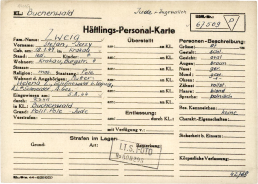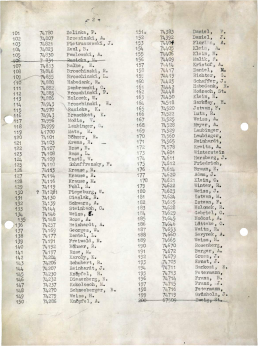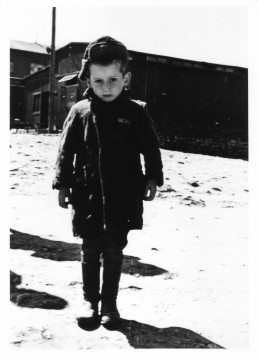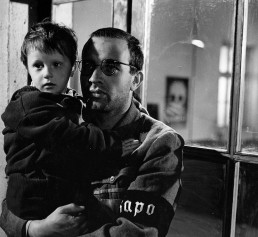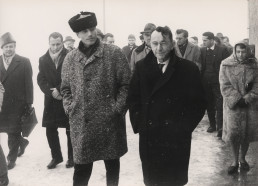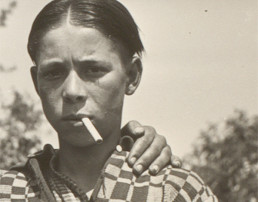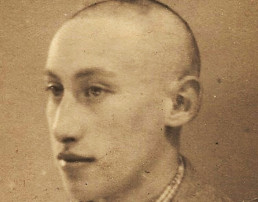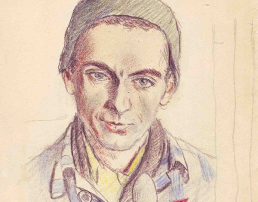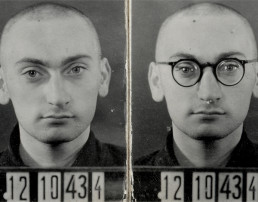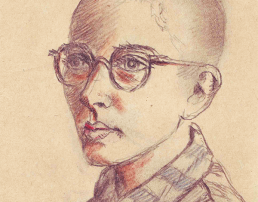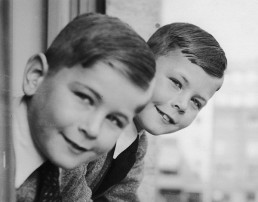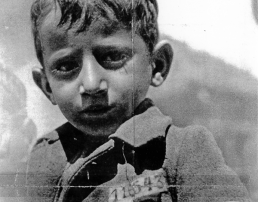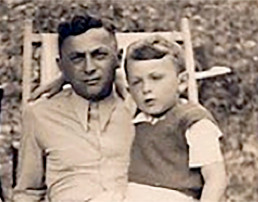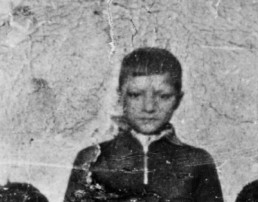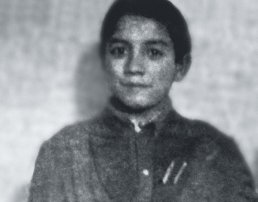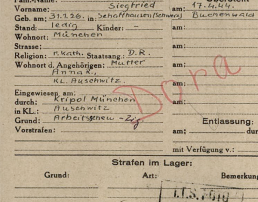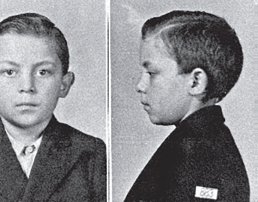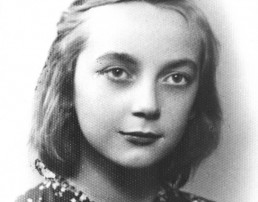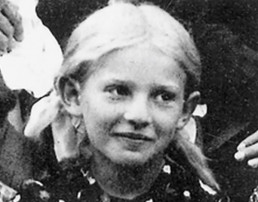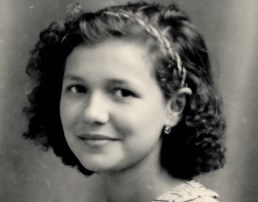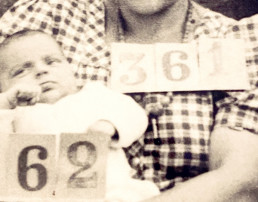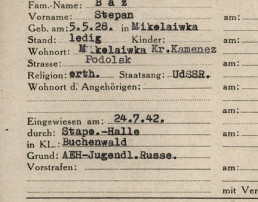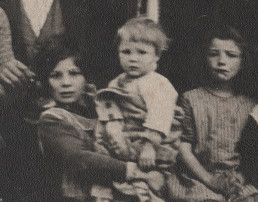Stefan Jerzy Zweig
The famous Buchenwald child
Stefan Jerzy Zweig was born on 18 January 1941 in Krakow to the lawyer Zacharias Zweig and his wife Helena. Together with his parents and his sister Sylwia, who was eight years his senior, he survived the Krakow Ghetto and several camps in Poland.
In the summer of 1944, the family was separated on a transport. The mother and sister were sent to the Leipzig-Thekla subcamp and were later murdered in Auschwitz. Three-year-old Stefan was deported to Buchenwald with his father. There, with the help of political prisoners, Zacharias Zweig managed to ensure the survival of his son.
After the war, father and son lived in Poland and France, and later emigrated to Israel. As the “Buchenwald Child” in Bruno Apitz’ novel Naked Among Wolves (1958), Stefan Zweig became world famous. He himself only learned of the fictionalized rescue story after the 1963 film based on the novel. In 1964, he visited the GDR and there met his future wife, with whom he has lived in Vienna since 1972.
Prisoner registration file for three-year-old Stefan Jerzy Zweig, 5 August 1944.
Stefan Jerzy Zweig was registered at the Buchenwald Concentration Camp on 5 August 1944, together with his father Zacharias Zweig. The reason given for his imprisonment was his classification as a Polish Jew and political prisoner. In the upper part of the card is noted Jude-Jugendlich (Jew, youth).
(Arolsen Archives)
Removed from the list. Second page of the transport list from Buchenwald to Auschwitz, 25 September 1944.
At the end of September 1944, the SS ordered a transport of 200 children and adolescents to Auschwitz-Birkenau. Stefan Jerzy Zweig was initially on the transport list (No. 200). In order to save him, his father took him to the camp’s typhoid fever ward and had him injected with a fever-inducing drug. Stefan was declared unfit for transport and escaped certain death in Auschwitz. In his place, the SS deported the 16-year-old Sinto Willy Blum to Auschwitz.
(Arolsen Archives)
"I could not believe my eyes! My child was dressed very nicely. He was wearing a suit specially tailored for him and sewn in the workshops for prisoners. He had on a well-tailored blouse of new fabric, dark blue with white stripes. He wore short pants and new shoes made especially for him. When I arrived, he was playing with toys."
Zacharias Zweig recalls his son's camp clothes at Buchenwald, 1987.
(“Mein Vater, was machst du hier..? Zwischen Buchenwald and Auschwitz.” An account by Zacharias Zweig, edited by Berthold Scheller in cooperation with Stefan Jerzy Zweig, Frankfurt a.M. 1987).
"The struggle for this child is proof of the greatness and beauty and not least of the victory of man over barbarism."
Bruno Apitz in the trailer for the DEFA film Naked Among Wolves, directed by Frank Beyer, 1963.
The fictionalized rescue of Stefan Jerzy Zweig by communist prisoners in the Buchenwald Concentration Camp served to heroize anti-fascist camp resistance in the GDR.
(DEFA Foundation)
Stefan Jerzy Zweig (left, with cap) meets author and former prisoner Bruno Apitz (right) during a visit to the Buchenwald National Memorial, 1964.
Stefan Jerzy Zweig first learned of his role in the novel Naked Among Wolves and the film adaptation in 1964. Journalists tracked him down in France and he was invited to the Buchenwald memorial. The meeting with Apitz was staged as a propaganda event.
(Photo: Norbert Schwarz, Buchenwald Memorial)
